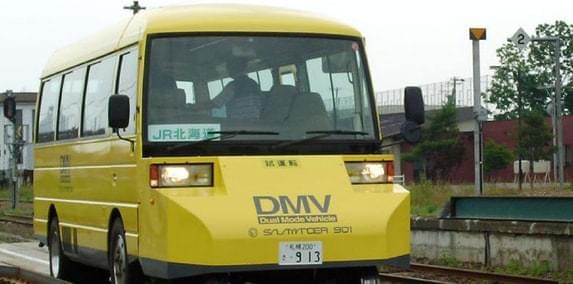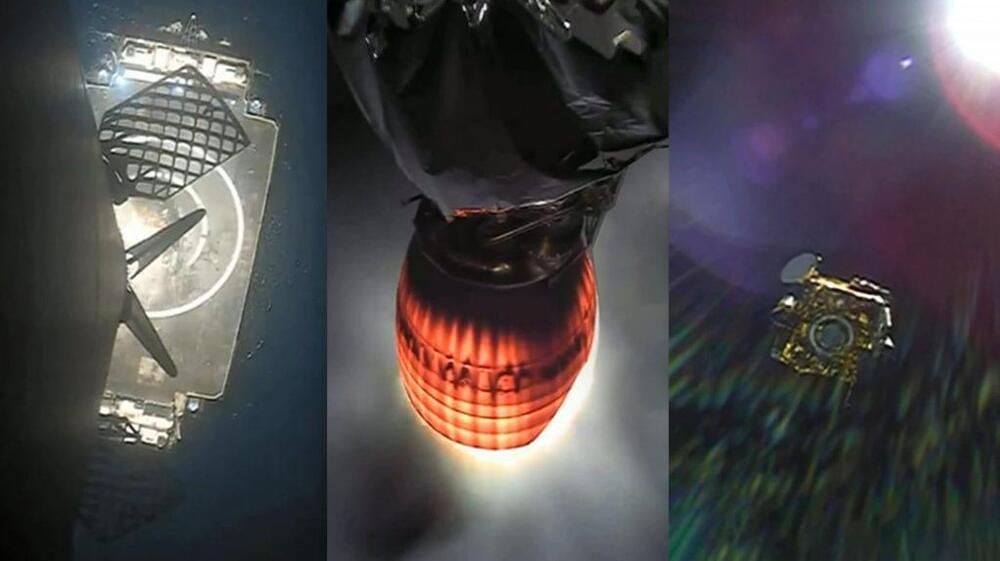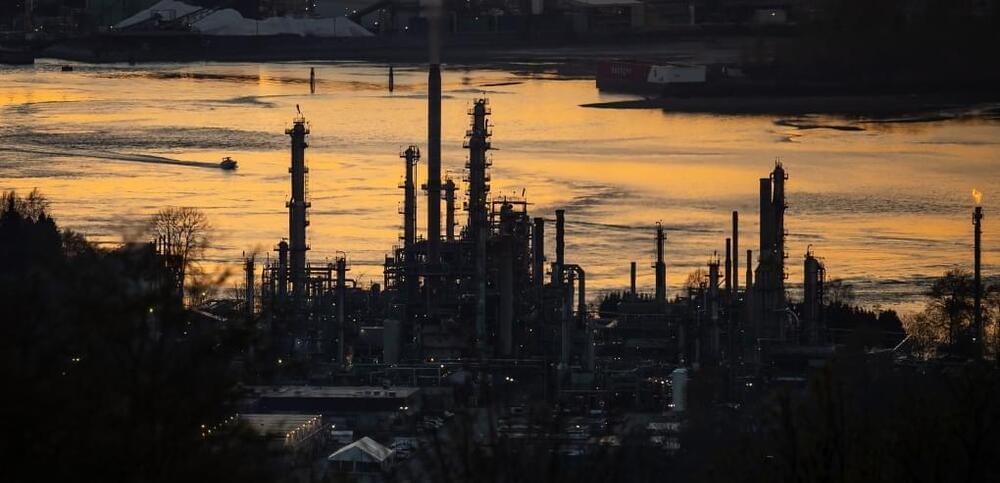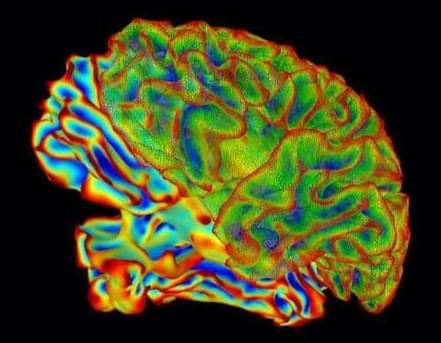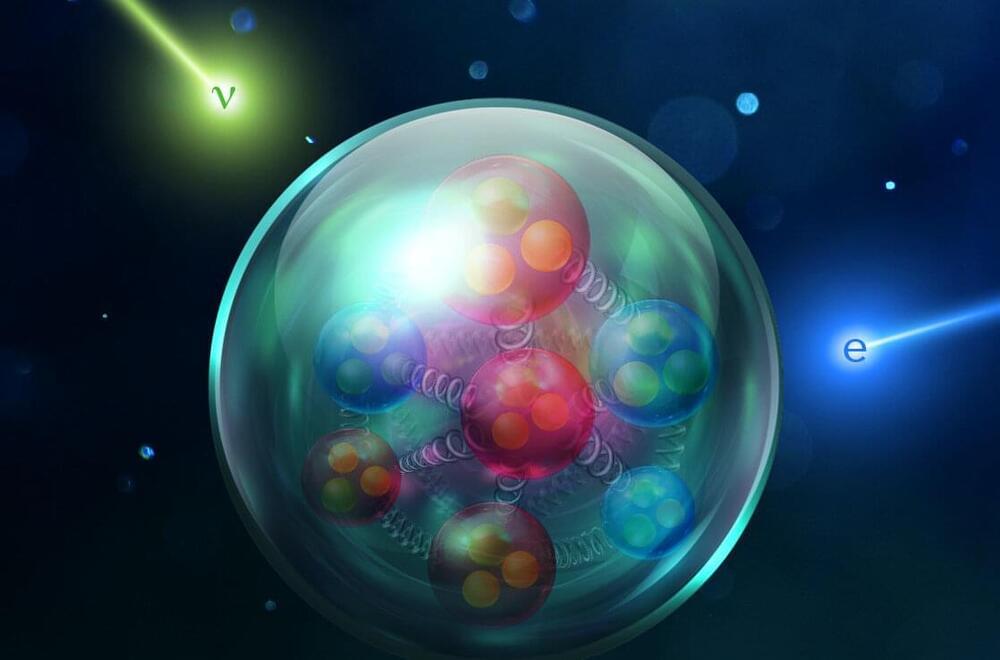The first 256-qubit quantum computer has been announced by startup company QuEra, founded by MIT and Harvard scientists.
QuEra Computing Inc. – a new Boston, Massachusetts-based company – has emerged from stealth mode with $17 million in funding and has completed the assembly of a 256-qubit device. Its funders include Japanese e-commerce giant Rakuten, Day One Ventures, Frontiers Capital, and the leading tech investors Serguei Beloussov and Paul Maritz. The company recently received a DARPA award, and has already generated $11 million in revenue.
QuEra Computing recently achieved ground-breaking research on neutral atoms, developed at Harvard University and the Massachusetts Institute of Technology, which is being used as the basis for a highly scalable, programmable quantum computer solution. The QuEra team is aiming to build the world’s most powerful quantum computers to take on computational tasks that are currently deemed impossibly hard.

